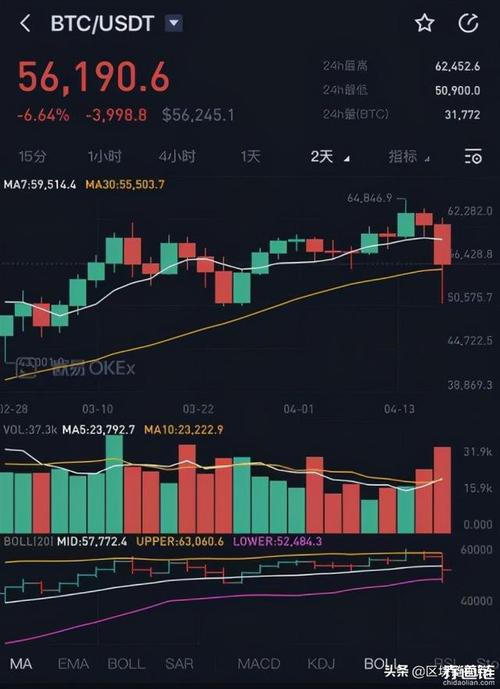Bitcoin, the pioneer cryptocurrency, has indeed experienced significant annual price fluctuations since its inception. Understanding the reasons behind these fluctuations and implementing strategies to mitigate their impact is crucial for investors and stakeholders alike.
1.
Market sentiment plays a pivotal role in Bitcoin's price movements. Speculative activities driven by fear, uncertainty, and doubt (FUD) or excessive optimism can lead to sharp price swings.
2.
Changes in regulatory frameworks across different jurisdictions can impact Bitcoin's price. News regarding potential bans, restrictions, or supportive regulations often trigger market reactions.
3.
Technological advancements, such as software upgrades (e.g., forks), security breaches, or scalability concerns, can influence investor confidence and consequently affect Bitcoin's price.
4.
Bitcoin's relatively low liquidity compared to traditional assets amplifies price movements. Sudden increases or decreases in trading volumes can exacerbate volatility.

5.
Bitcoin's price is also influenced by broader economic trends, such as inflation rates, geopolitical tensions, and monetary policies adopted by central banks.
1.
Diversifying investment portfolios across various asset classes, including cryptocurrencies, stocks, bonds, and commodities, can help reduce the overall impact of Bitcoin's volatility.
2.
Implementing risk management strategies, such as setting stoploss orders and allocating only a portion of the portfolio to Bitcoin, can limit potential losses during downturns.
3.
Adopting a longterm investment approach and focusing on Bitcoin's underlying fundamentals, such as its scarcity and utility as a store of value or medium of exchange, can help investors withstand shortterm price fluctuations.
4.
Keeping abreast of market developments, regulatory announcements, and technological advancements through reputable sources can enable investors to make informed decisions and react promptly to changing market conditions.
5.
Utilizing derivatives, such as futures and options contracts, can enable investors to hedge against adverse price movements and mitigate risks associated with Bitcoin's volatility.
6.
Conducting stress tests to assess the resilience of investment portfolios under various market scenarios, including extreme price movements in Bitcoin, can help investors identify potential vulnerabilities and adjust their strategies accordingly.
While annual Bitcoin price volatility is indeed a characteristic feature of the cryptocurrency market, understanding the underlying factors driving these fluctuations and implementing appropriate risk management strategies can help investors navigate and potentially capitalize on market opportunities while mitigating associated risks. By diversifying portfolios, adopting a longterm perspective, staying informed, and utilizing hedging instruments, investors can better position themselves to weather the volatility inherent in Bitcoin and other cryptocurrencies.
文章已关闭评论!
2024-11-26 16:51:21
2024-11-26 16:50:13
2024-11-26 16:49:08
2024-11-26 16:47:52
2024-11-26 16:46:48
2024-11-26 16:45:36
2024-11-26 16:44:11
2024-11-26 16:42:54